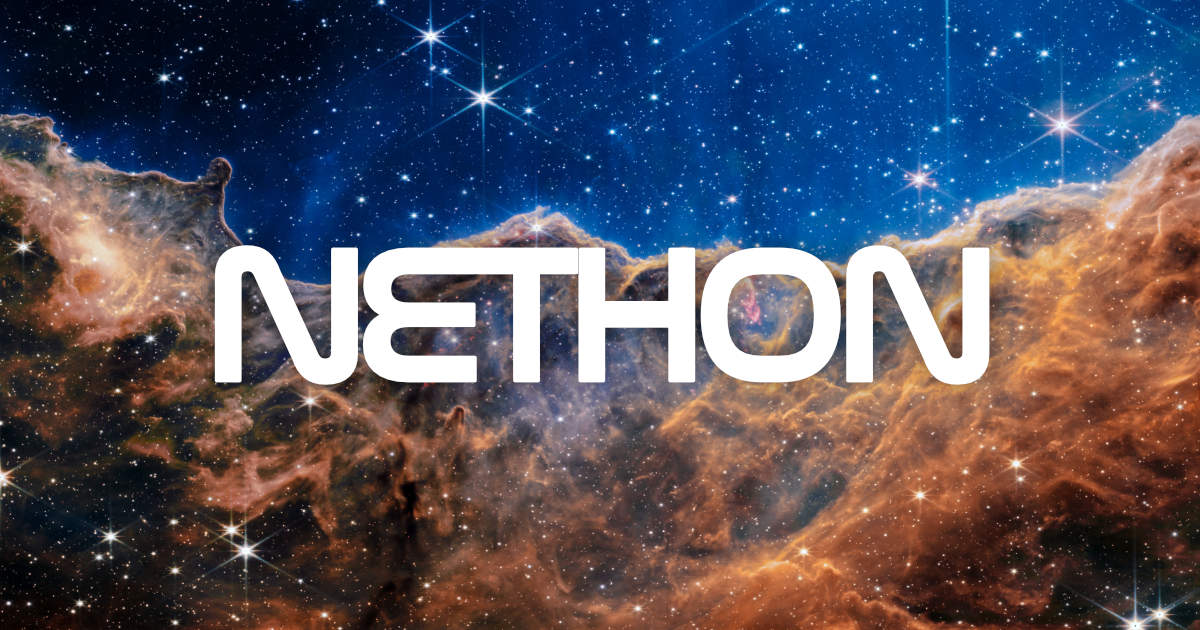The James Webb Space Telescope’s NIRCam instrument “sees” the universe in the infrared spectrum. The data comes through various filters, so researchers don’t receive a spectacular color photo, but rather a massive set of raw information. From these layers, like a digital mosaic, the final image is assembled in post-processing—with colors and lighting effects that are both scientifically meaningful and visually striking.
Since this data is publicly available, we decided to try to recreate this iconic image—at least partially. Our goal wasn’t just to recreate a famous photo, but to bring people closer to the work and technology behind such a space image.
During the process, we worked with six images taken through different filters, aligned them, added color, and fine-tuned them until our version of the Carina Nebula’s “cosmic cliffs” was born. Of course, we’re not NASA, but it was still incredible to experience how a slice of the universe can come together from raw data.
We also made a short video that walks through the entire process step-by-step in a simple way—so anyone can see how a collection of data becomes a work of art.
